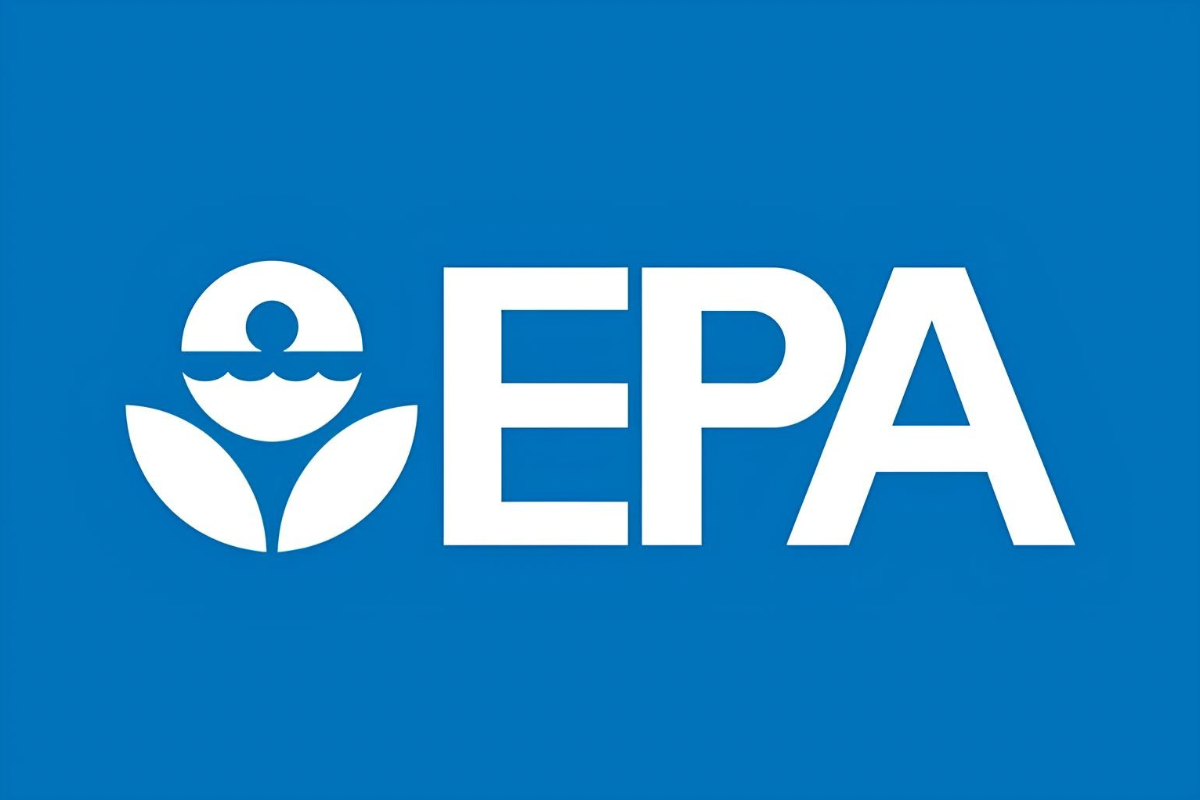
The U.S. Environmental Protection Agency (EPA) has formally announced it will not implement new wastewater discharge regulations for meat and poultry processing facilities, ending a proposal that had drawn widespread criticism from agricultural and industry groups.
The decision was announced by EPA Administrator Lee Zeldin during a visit to Christensen Farms in Minnesota. The agency said the move follows a comprehensive review of the proposed rule, published in January 2024, and public comments expressing concerns about its potential economic impact.
According to the EPA, the agency will not proceed with revisions to the Effluent Limitation Guidelines (ELGs) or pretreatment standards for the meat and poultry sector, citing both environmental and economic considerations.
The proposed changes would have tightened wastewater discharge limits under the Clean Water Act, potentially requiring costly upgrades to treatment systems at hundreds of facilities nationwide. Opponents of the rule argued it would have forced closures among small and medium-sized processors, disrupted livestock markets, and raised food prices.
EPA Administrator Zeldin described the decision as a win for consumers and rural economies.
“EPA is saving billions of dollars in costs the American people would otherwise see in the prices of the meat and poultry they buy at the grocery store, while ensuring the protection of human health and the environment,” Zeldin said.
The U.S. Department of Agriculture echoed the EPA’s reasoning. Agriculture Secretary Brooke Rollins said the rule would have imposed “costly and burdensome” requirements that could have jeopardized jobs and food supply chains in rural communities.
The meat and poultry industry, along with several agricultural groups, welcomed the decision.
Julie Anna Potts, president and CEO of the Meat Institute, called the rule a “regulatory disaster” that would have forced closures and driven up food costs. The National Pork Producers Council President Duane Stateler, the National Cattlemen’s Beef Association President Buck Wehrbein, and the American Farm Bureau Federation President Zippy Duvall issued similar statements, thanking the EPA for what they described as a commonsense approach.
Industry representatives emphasized that processors are already regulated under 2004-era federal and state wastewater rules, and many plants work closely with municipal utilities to manage water treatment.
Environmental advocates had supported the original proposal, arguing that stricter discharge limits were needed to protect waterways from pollution caused by processing waste. The EPA’s review acknowledged those concerns but concluded that the proposed updates were not warranted at this time.
Effluent Limitation Guidelines are national, technology-based standards developed under the Clean Water Act. They apply to specific industries and are intended to reflect the best available treatment technologies.
The meat and poultry products industry includes slaughterhouses, processors, and rendering plants. It also supplies ingredients for pet food and animal feed.
The agency said it would continue to monitor wastewater impacts from the sector and evaluate future actions as necessary.
